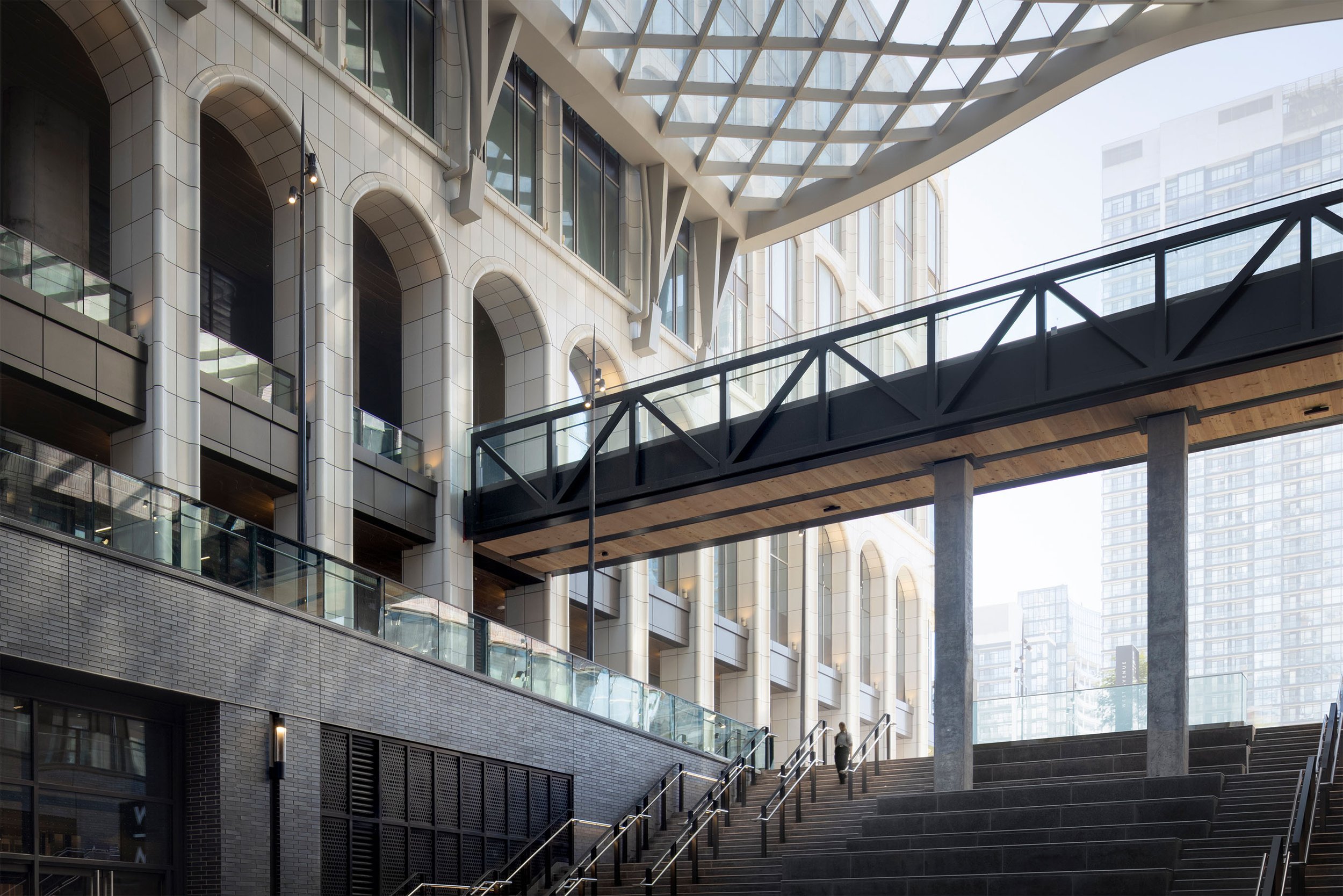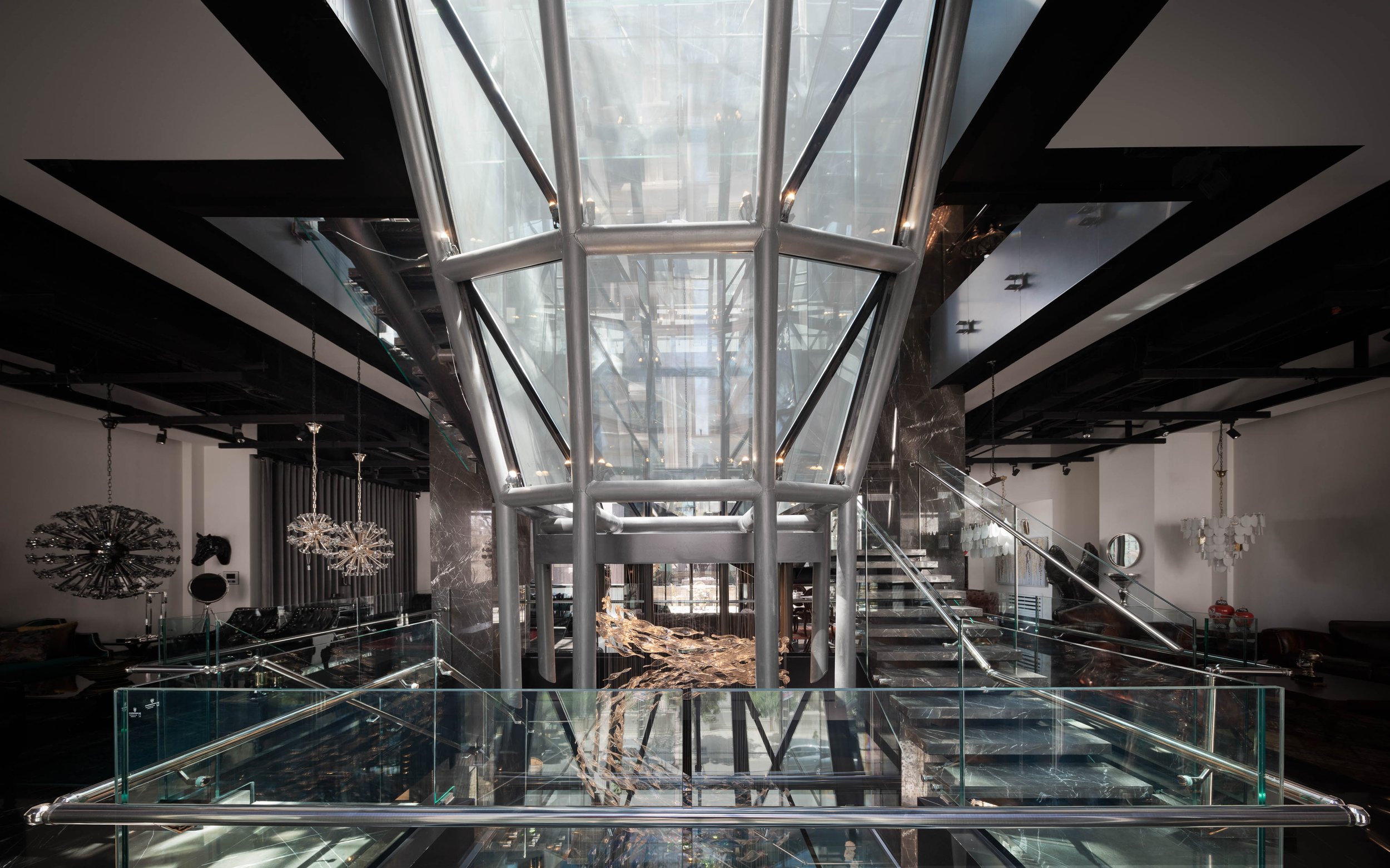Hidden Dimensions of Architecture: How Photography Brings New Spaces to Life
The Art of Architectural Photography
Architectural photography is the art of capturing the beauty, details, and emotions of architectural spaces and structures, ultimately showcasing not only the function or form of buildings but also their spirit and identity. In this field, an Architectural Photographer in Vancouver can use their tools to tell unique stories about each building. Since it considers various aspects of an architectural project, including lighting, structure, and texture, it creates a deep visual connection with the viewer, sometimes even going beyond what the naked eye can perceive.
Architectural Photography: More Than Just a Simple Frame
In the past, architectural photography was limited to capturing a simple image of a building. However, today, thanks to advanced techniques and tools, architectural photography has evolved into a complex form of art. This type of photography is akin to storytelling, where each photo tells a new story about space and time. With the rise of drone architectural photography, perspectives that were once impossible to capture are now easily achievable, offering a dynamic and immersive view of structures. Each image can convey a sense of freedom, comfort, or even complexity and coldness, giving life to buildings and spaces.
Aesthetics and Craftsmanship in Architectural Photography
Architectural photography is a style deeply rooted in aesthetics. Architectural photographers often strive to create captivating images by using complex combinations of light and shadow, geometric symmetry, and various textures. These elements transform a simple space into a work of art that attracts every viewer.
Additionally, considering the geographic location and unique urban features of cities like Vancouver, architectural photographers can use natural landscapes, such as mountains and oceans, as a stunning backdrop for both modern and historic structures. These natural and artificial combinations add a deeper layer of Vancouver’s urban identity to architectural photographs.
Architectural Photography as a New Language
One of the unique characteristics of architectural photography is that it is recognized as a powerful visual language. Every photo taken by an architectural photographer can convey a specific meaning to the audience. These images do more than just showcase buildings—they can tell the stories behind each project.
For instance, a photograph of a modern building with glass walls can effectively convey a sense of lightness, transparency, and openness. In contrast, a photograph of a historic building with old architectural features can evoke a sense of history, the weight of time, and past narratives. This ability in architectural photography not only shows the physical dimensions of buildings but also conveys their emotional and spiritual space.
The Impact of Light and Shadow in Creating New Spaces
Light is one of the key elements in architectural photography that can have a significant impact. A skilled photographer can use natural or artificial light to create various moods in spaces. For example, when light enters an architectural space from a specific angle, it may cast soft and subtle shadows on the walls, conveying a sense of calm and silence to the viewer. In contrast, direct and intense light can highlight architectural features and accentuate their beauty.
Lighting in architectural photography not only creates visual effects but also influences the viewer’s emotions and experience of the space. Choosing the right time for photography, such as during sunrise or sunset, can help create a timeless and eternal image that remains imprinted in the mind.
Time and Change in Architectural Photography: Capturing Timeless Moments
A special aspect of architectural photography is its ability to capture specific moments in time that are significant in architectural history. A skilled photographer can take photos of different stages of a building’s construction or the changes and developments of an architectural project over time. These photos can serve as an accurate chronicle of the evolution of urban spaces and architecture.
For example, a photo of a large construction project taken throughout its stages, from the early days to final completion, can effectively reflect the sense of progress and change. Likewise, photos that capture seasonal and lighting changes in a space can display a timeless and enduring view of architecture.
The Importance of Architectural Photography in Design and Marketing Projects
Architectural photography is not only recognized as an artistic tool but also as a powerful marketing tool. A professional photographer can use high-quality images to introduce a new design project or specific buildings. These images can be used in advertisements, websites, brochures, and other marketing materials to capture attention and generate excitement for clients and investors.
This type of photography helps with branding and the identity of an architectural project, contributing to the growth of architectural businesses. Architectural photographers can use quality images to present the desired space in the best possible way and showcase a professional image of the projects.
Conclusion: Architectural Photography, Creating a New World Through the Lens
In the end, architectural photography can create a new space that goes beyond the physicality and structure of buildings. By using advanced techniques and an artistic perspective, a skilled photographer can not only capture the aesthetics of architecture but also tell engaging and unique stories of each space. In today’s world, this art form is more important than ever and, as a visual language, it has the power to influence architectural changes and our emotional connection to spaces.


Comments
Post a Comment